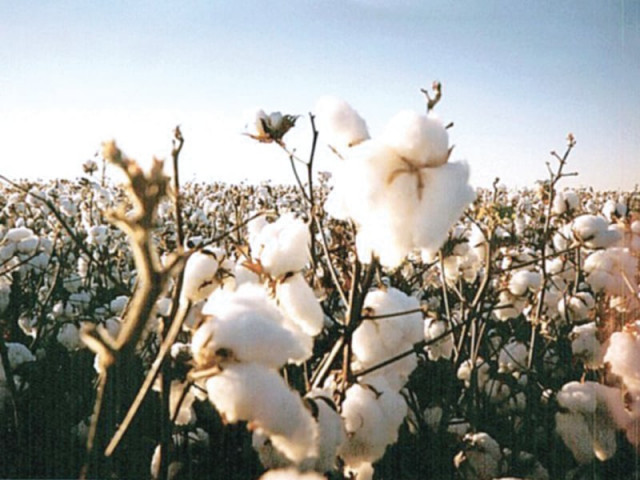Seeds unavailable: Farmers fail to find quality Bt cotton varieties
Switch to other crops like rice and sugarcane that offer better returns.

Karkey claimed that Pakistan had continued to detain its vessels since April 2012 even after issuance of a no-objection certificate by NAB. PHOTO: FILE
A cotton crisis is brewing right under the nose of authorities as genuine Bt cotton varieties fail to reach farmers who in turn are tricked into using substandard seeds, industry officials say.
Traders are cautiously observing a gradual decline in the area under cotton plantation as farmers switch to rice, sugarcane and other crops, which are offering better returns.
“We are experimenting with ourselves,” said a leading cotton broker. “No one knows for sure where the seeds are coming from. Farmers might have a good crop in a year. But if there is a pest attack, then forget that they will sow cotton again.”
Farmers in traditional cotton growing areas of Sukkur, Mirpurkhas, Multan and Mianwali now prefer paddy, mainly because of the price of rice, which continues to rise year after year.

Total area under cotton cultivation came down to 2.86 million hectares in 2011-12 from 3.05 million hectares in 2007-08.
The most pronounced decrease in the cotton cultivated area took place in Sukkur division where cotton is grown on less than 199,000 hectares against 300,000 hectares six years ago.
Seed dilemma
Pakistan uses between 40,000 and 45,000 tons of seed annually. Most of that comes from around 1,200 loosely-regulated private companies.
Each year, scientists at government-run laboratories at the Central Cotton Research Institute Sakrand and five other sister facilities invent new seeds with qualities of higher yield and protection from bad weather.
But Dr Muhammad Ali Talpur, Pakistan Central Cotton Committee’s (PCCC) Director Marketing and Economic Research, laments that the seeds are not produced in sufficient quantity.
“Only 6,000 tons of certified seed reaches the farmers,” he says. “These are unadulterated seeds produced in government labs and properly tested for two consecutive years.”
The rest of the demand is met by private companies, many of whom cheat by mixing banola with the seeds, he said.
A disconnect between the federal and provincial agriculture authorities has added to the problem as new varieties are not effectively distributed.
“It is the job of provincial governments to multiply the seeds and then market them,” said Talpur.
This year, the PCCC’s research institutes have come up with 15 cotton seed varieties.
Yield
The country’s cotton yield has steadily increased over the years from 713 kilogrammes (kgs) per hectare in 2008-09 to 769 kgs in 2012-13, according to the latest economic survey.
Officials say this is still far better than India where average yield remains around 500 kgs per hectare despite growing use of Bt cotton.
“The overall production in India is more than us mainly due to the large area under cultivation,” said Talpur.
India cultivates cotton over 12.2 million hectares and plans to produce 35 million bales. Pakistan’s production is estimated at around 13 million bales from three million hectares.
Published in The Express Tribune, February 11th, 2014.
Like Business on Facebook, follow @TribuneBiz on Twitter to stay informed and join in the conversation.












1726134115-0/BeFunk_-(41)1726134115-0-208x130.webp)






COMMENTS
Comments are moderated and generally will be posted if they are on-topic and not abusive.
For more information, please see our Comments FAQ